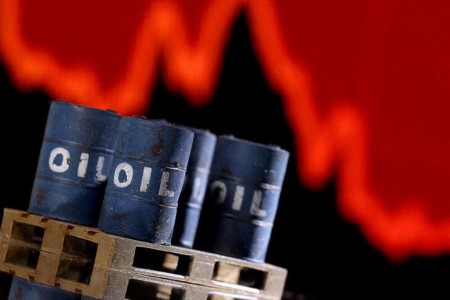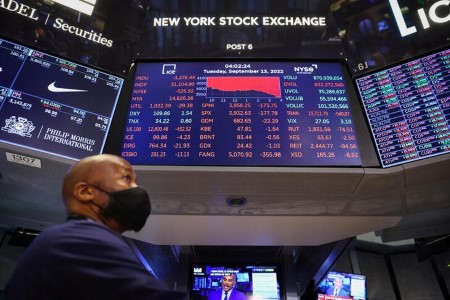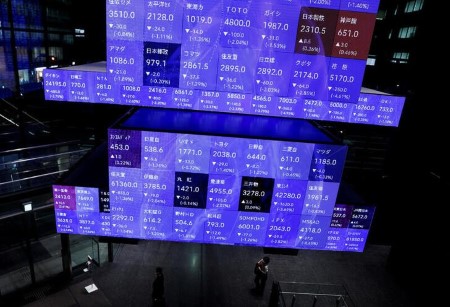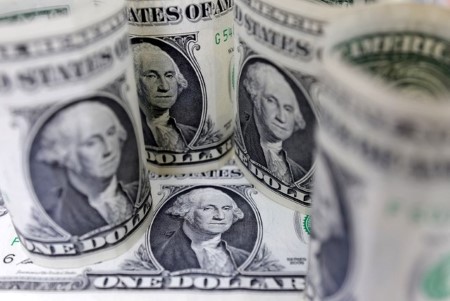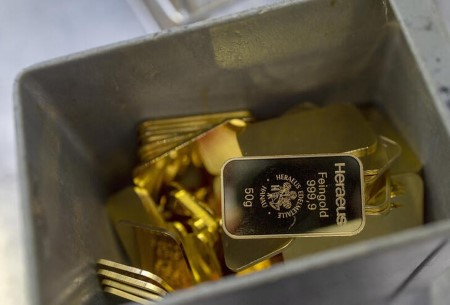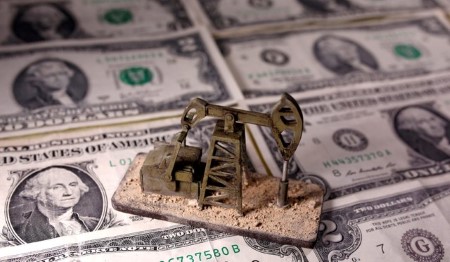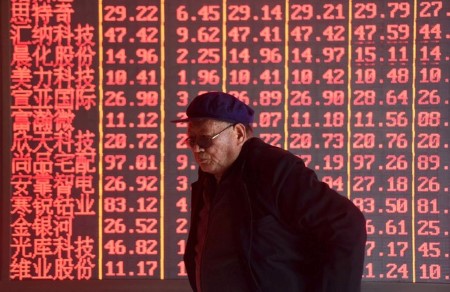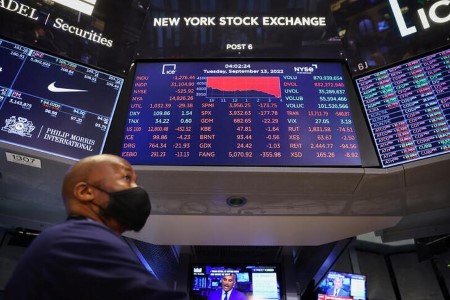Brent crude futures dropped 26 cents, or 0.3%, to USD 90.36 a barrel by 0040 GMT after falling USD 1.38 the previous day.
US West Texas Intermediate crude CLc1 was at USD 83.74 a barrel, down 20 cents, or 0.2%. The October delivery contract expired down USD 1.28 on Tuesday while the more active November contract lost USD 1.42.
“The market tone remained bearish due to concerns that the aggressive monetary tightening in the US and Europe would boost the likelihood of a recession and a slump in fuel demand,” said Toshitaka Tazawa, an analyst at Fujitomi Securities Co Ltd.
“Since oil prices have been falling in the anticipation of the rate hikes, they may briefly rise after the announcements, but they will likely return to a downward trend again on fears over weakening demand,” he said.
The Fed is widely expected to hike rates by 75 basis points for the third time in a row later on Wednesday in its drive to rein in inflation. Those expectations are weighing on equities, which often move in tandem with oil prices.
Other central banks, including the Bank of England, meet this week as well.
Higher rates have bolstered the dollar, which neared a two-decade high on Tuesday, making oil more expensive for holders of other currencies.
Meanwhile, US crude and fuel stocks rose by about 1 million barrels for the week ended Sept. 16., according to market sources citing American Petroleum Institute figures on Tuesday. Gasoline inventories rose by about 3.2 million barrels, while distillate stocks rose by about 1.5 million barrels.
US crude oil and distillate stockpiles were expected to have risen last week, while gasoline inventories were seen lower, according to an extended Reuters poll.
On the supply side, the OPEC+ producer grouping – the Organization of the Petroleum Exporting Countries and associates including Russia – is now falling a record 3.58 million barrels per day short of its targets, or about 3.5% of global demand. The shortfall highlights underlying tightness of supply in the market, even as recession fears drag prices lower.
The head of Saudi state oil giant Aramco 2222.SE said on Tuesday Europe’s plans to cap energy bills for consumers and tax energy companies were not long-term or helpful solutions for the global energy crisis, spurred largely by under-investment in hydrocarbons.
(Reporting by Yuka Obayashi; Editing by Kenneth Maxwell)







 DOWNLOAD
DOWNLOAD




